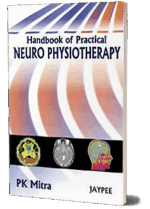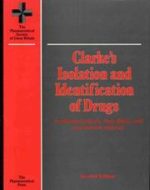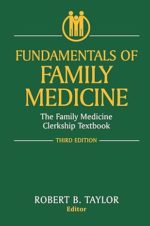-
Handbook of Practical Neuro physiotherapy by Pushpal K Mitra
Discover Handbook of Practical Neuro physiotherapy by Pushpal K. Mitra – a comprehensive guide covering clinical techniques, rehabilitation strategies, and practical applications in neuro physiotherapy for students and professionals.
This classic, reader-friendly text provides a concise, comprehensive and clinically oriented survey of the human nervous system. Guides to understand the principles of physiotherapy and techniques to manage neurogenic dysfunctions and how all the components of the nervous system fit together and work as a cohesive unit. The diversity of clinical presentation, response and outcome of treatment all have to be studied together to check the long duration of morbidity and physical disability associated with neural disorders. This book explains time tested methods adopted in dealing with neurological disorders and even suggests new concepts in management that are not so popular. It will help students of basic neuroscience as well as residents and physicians to deal with neural disorders.
-
Clarke’s Isolation and Identification of Drugs
This practical manual and standard reference work provides an authoritative source of analytical data for drugs and related substances. It is intended for scientists faced with the difficult problem of identifying an unknown drug in a pharmaceutical product, in a sample of tissue or body fluid from a living patient or in postmortem material. It is intended to be a useful requirement for all forensic and crime laboratories, toxicologists, clinical and analytical chemists, pathologists, poison information centres and clinical pharmacology departments.
-
Fundamentals of Family Medicine: The Family Medicine Clerkship
Fundamentals of Family Medicine, Third Edition, describes the current approach to common problems in family practice. The book tells how family physicians provide high-quality, comprehensive, and ongoing health care for patients and families, based on current evidence and time-tested methods in clinical practice.
Clinical scenarios that include case studies and questions for group discussion reinforce the book’s clinical topics. The clinical scenarios all concern members of the Nelson family- a multigenerational extended family whose members visit the family physician with a variety of health concerns and whose dynamics evolve from chapter to chapter. The discussion questions allow the group to consider both the biomedical and psychosocial aspects of problems such as headache, obstructive airway disease, diabetes mellitus, athletic injuries, domestic violence, care of the dying patient, and the family physicians’s role in dealing with terrorist events.
The book is intended to be a reference source for the care of diseases family physicians are likely to see and as the course textbook for medical students in family medicine clerkships in medical school. This book will help health professionals provide up-to-date care for their patients, and will allow students to view clinical issues through the eyes of the family physician.
Fundamentals of Family Medicine, Third Edition, ideally is used as a companion to Family Medicine: Principles and Practice, Sixth Edition, edited by Robert B. Taylor et al.



